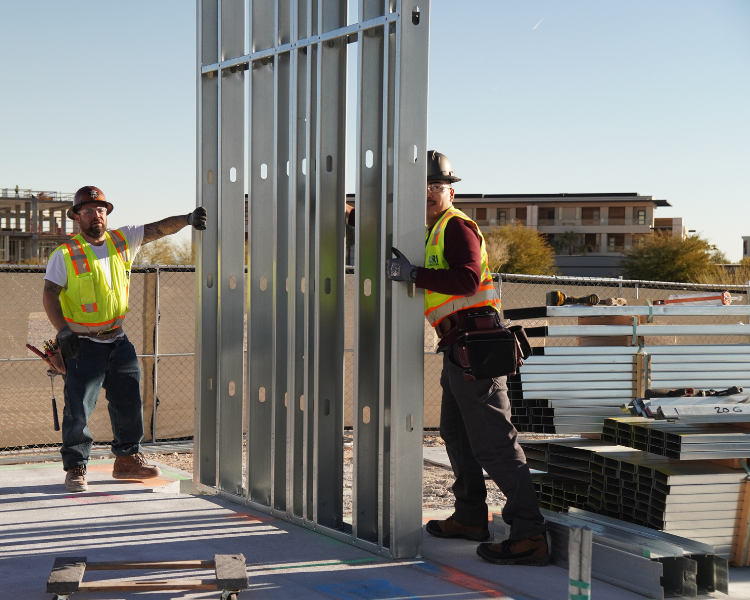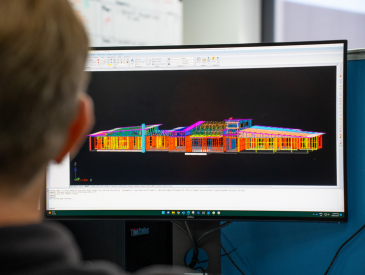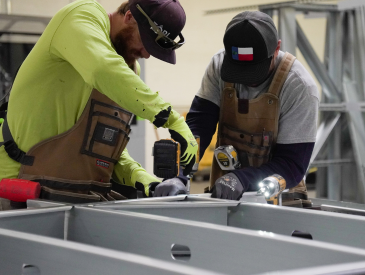Introduction
In the progressive realm of US residential construction, staying ahead of the curve is crucial for achieving success. One key methodology gaining traction in the industry is Design for Manufacture and Assembly (DFMA). DFMA is a strategic approach that optimizes the design process to enhance efficiency in manufacturing and assembly, ultimately leading to cost savings, faster construction timelines and standardization. In this article, we'll dig into the principles of DFMA and explore how residential developers can leverage this methodology to their advantage.

Understanding Design for Manufacture and Assembly
DFMA is a holistic approach that considers both the manufacturing and assembly processes from the initial design stage. The goal is to simplify construction processes, minimize waste and streamline the overall workflow.
Here's a breakdown of the key components of DFMA:
Simplified Design
- Design simplicity without compromising functionality or aesthetics
- Reduce unnecessary complexities that may hinder manufacturing and assembly efficiency
Standardization
- Standardize components and materials where possible
- Utilize modular designs that allow for interchangeable and easily replicable elements
Material Selection
- Choose materials based on both functionality and ease of manufacturing
- Opt for materials that are readily available and cost-effective without sacrificing durability
Collaboration and Communication
- Foster effective communication between architects, engineers and manufacturers
- Involve manufacturers early in the design process to ensure feasibility and efficiency
Benefits of Implementing DFMA in Residential Construction
Cost Efficiency
- By simplifying designs and standardizing components, developers can reduce material costs and minimize waste
- Streamlined manufacturing and assembly processes lead to lower labor costs and faster construction timelines


Standardization
- DFMA emphasizes precision and consistency in manufacturing, resulting in a higher standard of construction
- Standardization reduces the likelihood of errors and improves the overall reliability of the building process
Rapid Construction
- Modular designs and standardized components enable faster assembly onsite
- Reduced complexities mean shorter construction timelines, allowing developers to bring projects to market quicker
Adaptability and Scalability
- Modular designs make it easier to adapt to changing needs and market demands
- Scalability becomes more feasible as standardized components can be easily replicated for multiple projects
Summary
In a dynamic industry like US residential construction staying competitive requires embracing innovative methodologies. Design for Manufacture and Assembly offers a promising avenue for developers to enhance efficiency, reduce costs and improve the overall standards of their projects. By incorporating DFMA principles from the outset, developers can position themselves for success in an ever-evolving market.
Discover more in our residential eBook.







